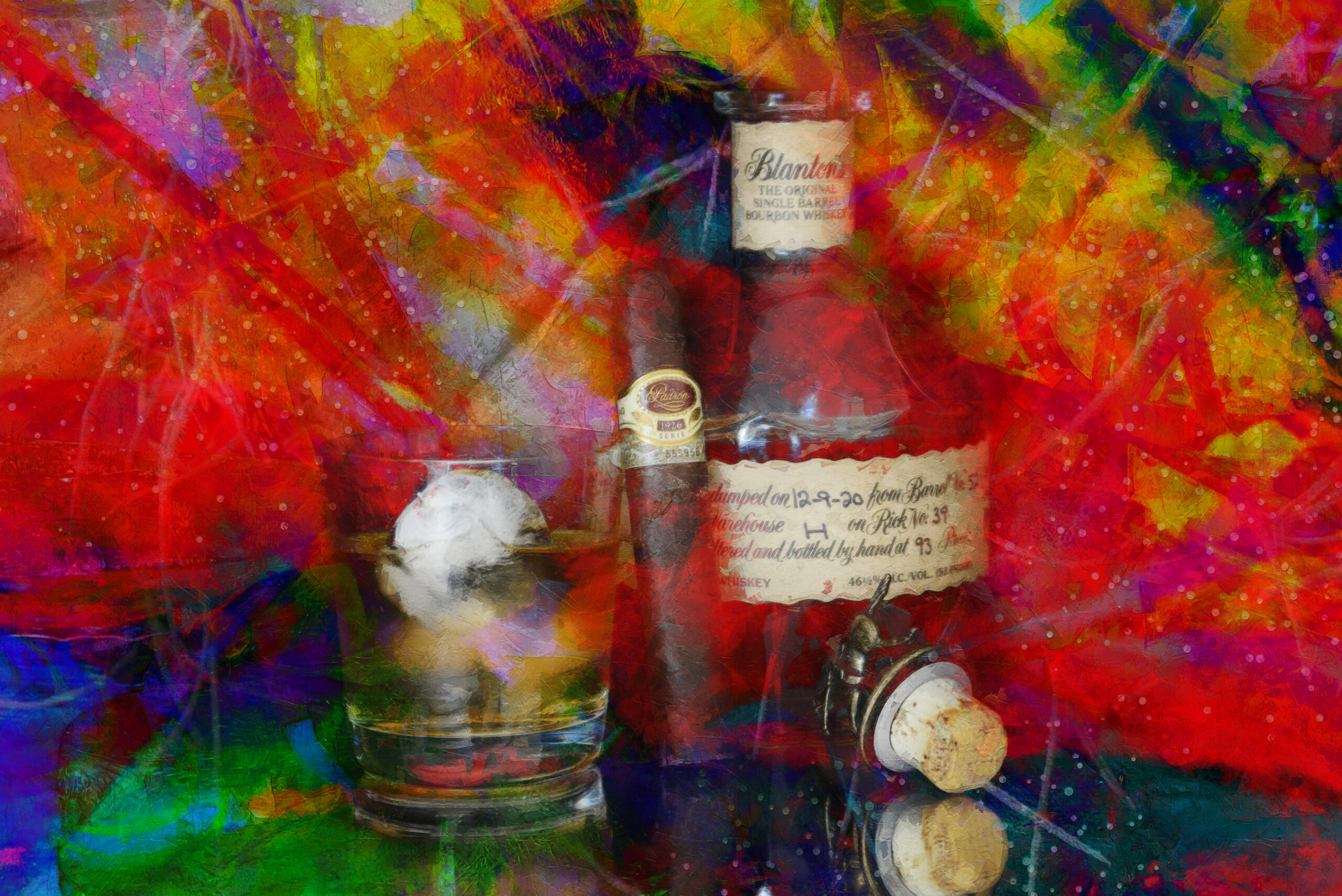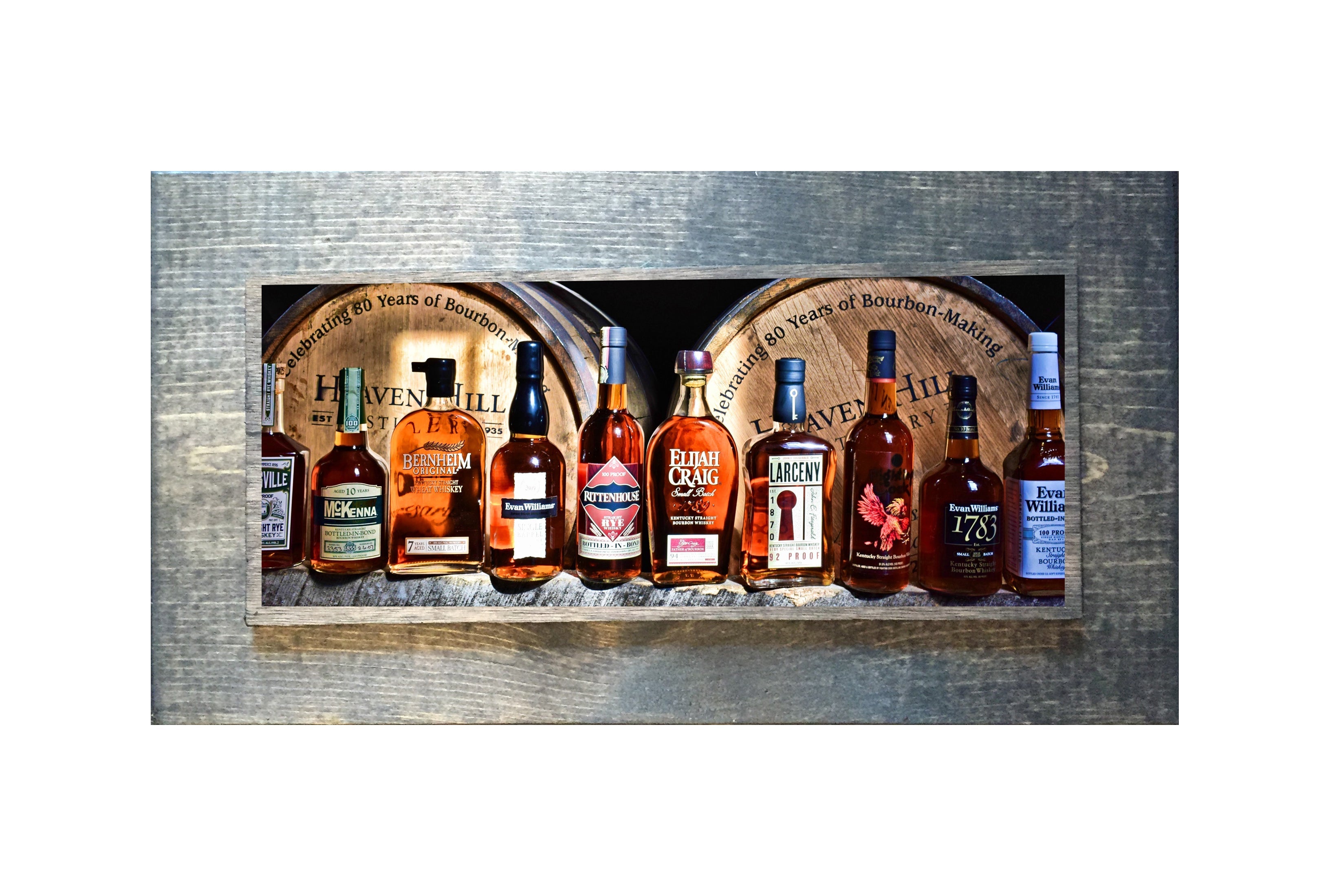Introducing the Elegance of Bourbon Art: A Homage to Craft Distillers
Introducing the Elegance of Bourbon Art: A Homage to Craft Distillers
Blog Article
The Importance of Whiskey Art in Celebrating Heritage and Craftsmanship in the Beverage Sector
The complex relationship in between scotch art and the celebration of heritage and workmanship within the beverage sector can not be overstated. Via attentively created bottles and tags, bourbon brands envelop their historical origins and the artisanal abilities that specify their production techniques.
The Historical Roots of Whiskey
At the heart of scotch's attraction lies an abundant tapestry of historic origins that trace back to ancient civilizations. The origins of bourbon can be linked to the purification practices of the Sumerians and Babylonians around 2000 BCE, where very early kinds of fermented grain beverages started to emerge. It was in the Center Ages that the art of distillation progressed dramatically, particularly in Ireland and Scotland, leading to the development of bourbon as we know it today.
The term "scotch" itself obtains from the Gaelic word "uisce beatha," indicating "water of life." This phrase emphasizes the cultural value of bourbon in Celtic societies, where it was often linked with routines, parties, and common bonding. By the 15th century, purification became an acknowledged craft within reclusive areas, leading the way for the establishment of lawful distilleries.
As profession courses expanded, whiskey's popularity grew, transcending regional limits and catching the rate of interest of aficionados worldwide. Whiskey Art. This historical journey shows not only the craftsmanship behind scotch production however likewise its essential function in social and cultural contexts, marking it as a significant beverage throughout history
Artistic Expression in Branding
Whiskey branding stands as an engaging junction of virtuosity and business, where aesthetic identity plays an important function in shaping customer understanding. The aesthetics of whiskey labels, product packaging, and advertising and marketing materials reflect not only the brand name's story but likewise its core worths and heritage. With artistic expression, distilleries communicate a narrative that reverberates with consumers, evoking feelings and triggering connections.
Using color, typography, and images in branding offers to separate items in a saturated market. Typical concepts might stimulate a feeling of credibility and craftsmanship, while contemporary designs can indicate development and forward-thinking. This critical artistic instructions improves brand acknowledgment and commitment, permitting consumers to build a personal partnership with the bourbon they select.
Additionally, artistic expression in branding typically works as a celebration of regional heritage. Distilleries often incorporate regional symbols or historic referrals into their styles, creating a sense of location that invites customers to take part in a wider social experience. Inevitably, the creativity behind bourbon branding not just improves visual charm yet also enhances the overall narrative of the brand name, promoting a much deeper recognition for the craftsmanship and heritage embedded in each container.
Craftsmanship in Bottle Style
The artistry apparent in scotch branding extends beyond visual identity to encompass the workmanship involved in bottle style. Each bottle serves as a vessel not simply for the spirit within, however additionally for the tale it outlines its origin, top quality, and custom. The layout process needs thorough focus to detail, as elements such as product, closure, and shape contribute substantially to the overall perception of the bourbon.
Workmanship in bottle design includes choosing top quality glass that can improve the whiskey's color and quality, while also offering a tactile experience for the consumer. The shape of the bottle should be both functional and aesthetically attractive, commonly showing the heritage of the brand. Many distilleries choose one-of-a-kind forms or embossed logos that stimulate a feeling of credibility and history.
In addition, the tag design and typography play a vital role in communicating the brand name's narrative. Limited Edition. A well-crafted bottle not just mesmerizes the customer's eye however also strengthens the brand's dedication to quality and custom. In this way, the craftsmanship of container style comes to be an important facet of the scotch experience, combining artistry with an extensive respect for heritage
Cultural Value of Scotch Art
Celebrating custom and workmanship, the cultural relevance of bourbon art transcends plain appearances, intertwining with the historic and social narratives of the areas from which it originates. Each container functions as a canvas, portraying the one-of-a-kind tales, folklore, and practices that have actually shaped neighborhood whiskey-making methods. The detailed designs commonly reflect the heritage of the distillers, integrating icons and motifs that resonate with the society and worths of their communities.

Furthermore, bourbon art plays an important duty in communal celebrations and celebrations, offering as a tangible link in between people and their shared experiences. By valuing the artistry in bourbon packaging, consumers grow a deeper understanding and respect for the craft, inevitably enriching their pleasure of the beverage itself.
Modern Trends in Bourbon Discussion
In recent years, the discussion of bourbon has progressed to mirror contemporary tastes official statement and fads while still recognizing conventional workmanship - Whiskey Art. Distilleries are significantly concentrating on aesthetic aspects that improve the total alcohol consumption experience, bridging the space in between heritage and modernity
Cutting-edge container designs have arised, often incorporating sustainable materials and creative tags that inform engaging tales. Many brands now work together with neighborhood musicians, instilling their items with unique visual expressions that resonate with consumers. Additionally, limited-edition releases are typically packaged in collectible containers, adding value and charm for lovers.

Verdict
To conclude, scotch art acts as an essential conduit for expressing the heritage best site and craftsmanship intrinsic in the drink market. Through complex branding, innovative bottle layouts, and culturally considerable creative aspects, bourbon brands efficiently honor their practices and get in touch with customers. This artistic narrative not just boosts the appreciation of bourbon but additionally reinforces community identity and pride among producers. Ultimately, whiskey art plays a vital function in preserving and celebrating the rich cultural tapestry of whiskey-making.


Workmanship in bottle design involves picking top notch glass that can improve the scotch's color and quality, while likewise offering a tactile experience for the consumer. In this other way, the workmanship of bottle design comes to be a crucial element of the whiskey experience, combining creativity with a profound regard for heritage.
In conclusion, bourbon art serves as a vital avenue for revealing the heritage and craftsmanship intrinsic in the drink sector.
Report this page